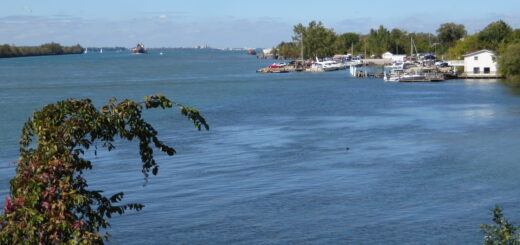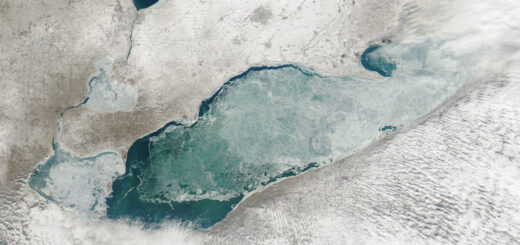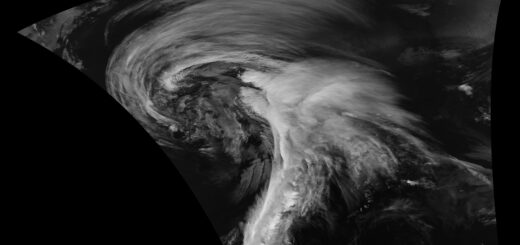Experimental Lakes Area Enters New Era Of Transparency
0For much of its history, the operation of the Experimental Lakes Area in Canada was largely unknown to the public, according to Northern Ontario Business. But that all changed when the International Institute for Sustainable Development took it over in April 2014. The goings on of the research area, which contains 58 lakes for manipulation and scientific study, have become more transparent since then.
“We’re really making an effort to open up ELA to the community who want to know what’s going on and want to understand the research better,” said Matt McCandless, executive director of the IISD, to Northern Ontario Business. “The value to this research is people knowing about it, and to make informed decisions.”
Thankfully, the transition of ownership, completed after state subsidies to the ELA were cut, did not halt ongoing research there. And the IISD was able to retain key scientists and researchers as well, who have guarded the mission of the Lakes Area and its datasets during the transfer.

A curtain separates two halves of a lake in the Experimental Lakes Area. (Credit: SAVE ELA)
“In order to make effective environmental and sustainable environmental policy you need good quality science feeding into it,” McCandless told the newspaper. “We were very concerned that link might be lost or threatened, and that’s why we got involved.”
Some of the studies going forward at the ELA this year are looking at microscopic nanosilver particles and their effects on aquatic environments; the recovery process for lakes subjected to airborne mercury from smokestacks; and growth rates of rainbow trout that have been selectively bred for aquaculture. Other research projects are looking into the effects of climate change on freshwater resources and the roles that nitrogen and phosphorus play in spurring algal blooms – the ELA’s longest-running project.

Aerial view of the Experimental Lakes Area. (Credit: University of Guelph)
Sharing the ELA’s work with the public goes along with a new willingness to partner with industry to delve into new scientific works. But leadership at the IISD makes sure that the findings remain impartial.
“It seems to work better when both the industry and the regulators are involved. That model lends to high impact and influential research,” McCandless said to Northern Ontario Business. “Having multiple parties involved helps balance the interests.”













